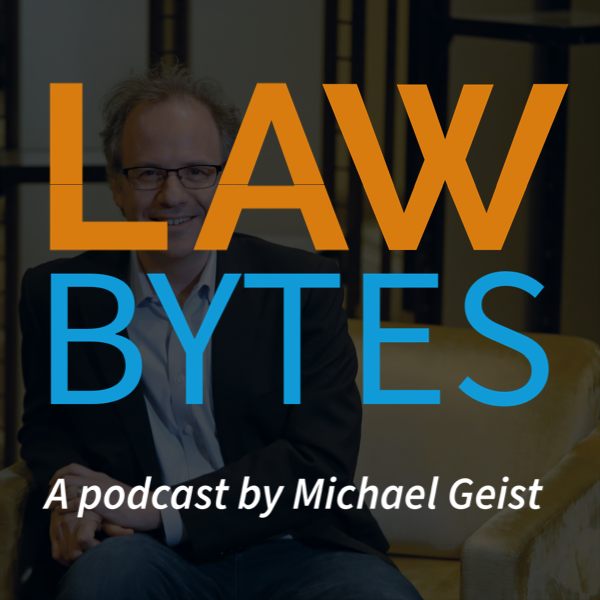Napster Canada has advised its customers that it is shutting down operations effective December 16, 2011. The move comes weeks after Napster US became part of Rhapsody and users were assured that Canadians would be unaffected by the move. The company warns users to create backup copies of downloaded music […]
News
Treasury Board Releases Web 2.0 Guidelines for Government Use
The Treasury Board has released new Guideline for External Use of Web 2.0, which offers specific guidance on the use of social media and other Web 2.0 tools by government departments.
The Anatomy of Lawful Access Phone Records
Christopher Parsons has a great post that unpacks lawful access phone records and explains why lawful access requires far more than simple phone book records.
Daily Digital Lock Dissenter, Day 35: Cdn Assoc of Edu Resource Centres for Alt Format Materials
Provide an exception that permits the circumvention of digital rights management and technological measures for purposes of creating an alternate format. Permit the use of circumvention devices for the purposes of preparing materials for alternate format production.
The Daily Digital Lock Dissenter, Day 34: Public Interest Advocacy Centre
Consumers enjoy certain rights to use content without infringing copyright. The presence of technological measures doesn’t change that, and neither should anti-circumvention laws. Consumers must be able to circumvent technological measures, like DRM, providing that their access to the underlying content does not infringe copyright. These consumer rights fulfil important public policy goals, preserving consumer welfare, free speech, and innovation. The use of technological measures already threatens these values. Anti-circumvention laws shouldn’t statutorily undermine them as well.






